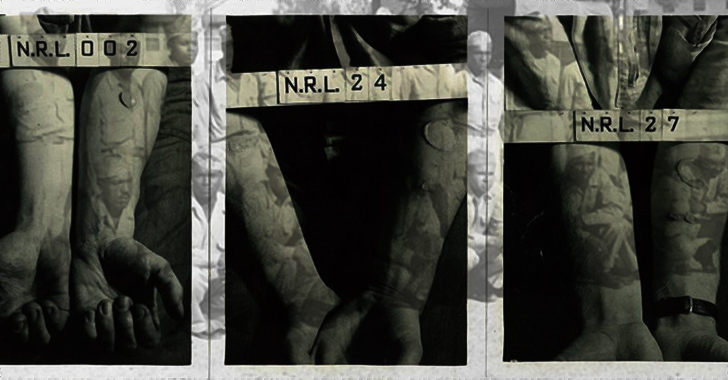Roughly one million black men serving in World War II faced the shameful double-standard of fighting for the very country that viewed them with suspicion and hate. Troops of color were ruthlessly discriminated against by their superiors and forced to clean and cook for white soldiers, among other demeaning tasks. Segregation was the rule from the barracks to the battlefield.
60,000 of those enlisted minority men were singled out to cruelly and unwittingly serve as the army’s human test subjects to determine how mustard gas would react with contact to skin. Though white subjects were also used, they served as the control group to “establish what was ‘normal’”in comparison to the skin of minorities.
Federal officials initially admitted to human testing in 1991, but it wasn’t until NPR thoroughly delved into available documentation and conducted interviews with survivors that the true nature of these experiments became apparent.
Director of Pentagon press operations, Army Col. Steve Warren, acquiesced that the race-based tests had occurred but quickly emphasized how different the military was during the second World War. “The first thing to be very clear about is that the Department of Defense does not conduct chemical weapons testing any longer. And I think we have come as far as any American institution on race. So I think particularly for us in uniform, to hear and see something like this, it’s stark. It’s even a little bit jarring,” he told NPR.
Documents revealed shortly after the initial revelation of the army’s experiments described three methods for testing:

